The realm of digital astrophotography used to be exclusive to large-sensor interchangeable lens cameras. But it seems that with the advancement of mobile imaging, smartphones are quickly narrowing the gap. Recently, Asus Philippines invited a few media influencers from tech, lifestyle, photography and travel to try out their new ZenFone 3 line of smartphones. And I must give them credit for choosing Batanes as the destination. There’s no better place to try astrophotography as the province has little light pollution in addition to the stunning landscape. I was handed a ZenFone 3 Laser to play around with during our photo tour and one of our challenges was to capture a galaxy or the night sky. I thought it was a good way for me to assess how far mobile camera imaging has gone by pitting it with the quality of my own DSLR, the Nikon D7100.
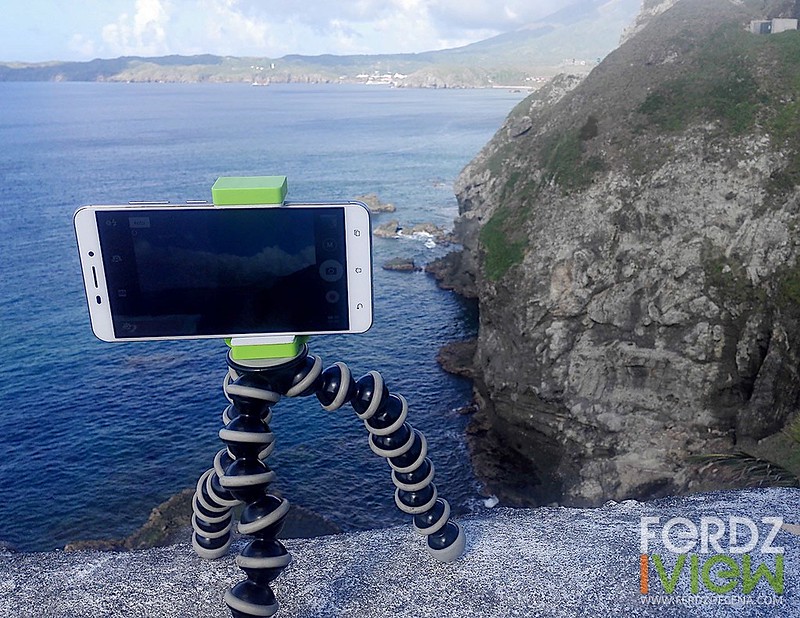
ZenFone 3 Laser
It looks unfair to compare two different cameras. The ZenFone 3 Laser retailing at Php 11,999 only has a 1/3” (4.8 x 3.6 mm) sized 13MP Sony sensor while the Nikon D7100 retails at Php 31,000 (body only) has an APS-C (23.5 x 15.6 mm) sized 24MP CMOS sensor. The price point and the sensor sizes are evidently worlds apart. The purpose of this comparison is to show how far smartphone photography has developed that they are now capable of shooting astrophotography.
ZenFone for Astrophotography
Astrophotography, the photography field of capturing night skies and astrological objects, has technical requirements and environmental conditions. Batanes, at the time of our visit, fulfills some of the environmental conditions:
- Little to no light pollution
- Minimal moon illumination or no moon
- Galaxy belt in visible position
As for the minimum equipment technical requirements, aside from a sturdy tripod, the camera should be have:
- Manual controls for camera settings
- Manual focus
- At least ISO 3200
- A shutter speed of at least 30 seconds

Understandably, DSLR cameras are already have these requirements. The ZenFone 3 Laser is also capable of these settings through the PixelMaster 3.0 camera app. I have reviewed the PixelMaster 2.0 before on the ZenFone 2 Laser, the new version has a better looking UI and extends the manual capabilities of the camera on the new ZenFone 3 line. The extended features are:
- Shutter speed can go now up to 32seconds (previous only 1/2sec) in fixed increments of 32, 16, 8, 4, 2, and 1 second
- Can shoot up to ISO 3200 (previous only ISO 800)
Smartphone vs DSLR output
Another thing to take into consideration in this comparison are the different focal lengths used on the cameras. On the Nikon D7100, I have an ultra-wide lens attached a 10–24mm f/3.5 lens which has a wider field of vision. The ZenFone 3 Laser has a fixed 3.8mm (28mm equivalent) f/2.0 lens. I shot the scene though in almost similar perspective with almost the same settings except for the shutter speed. On the DSLR, I shot in 30 seconds while on the ZenFone I used the fixed 32 seconds setting. The white balance are also adjusted to 3800K for the Zenfone while I left it AWB for the Nikon since I was shooting RAW+jpg.
Here are the initial comparison from the out-of-the-camera output:
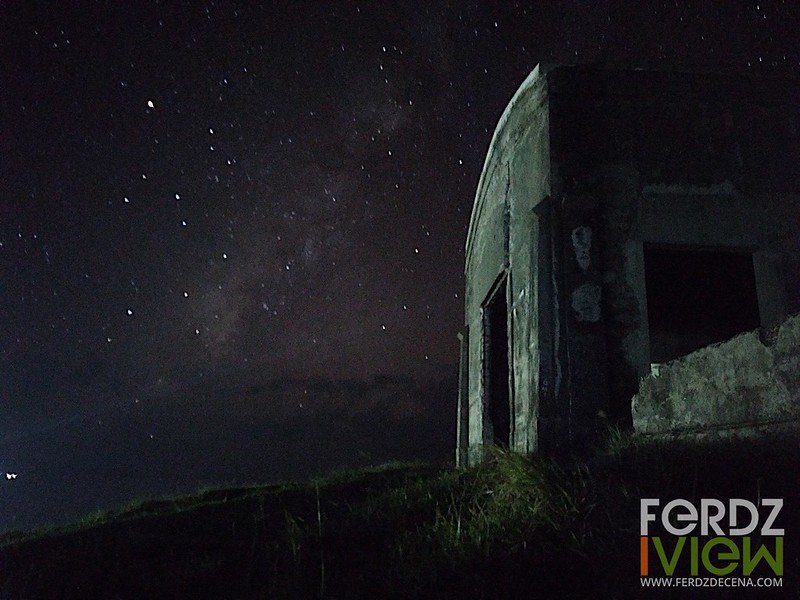
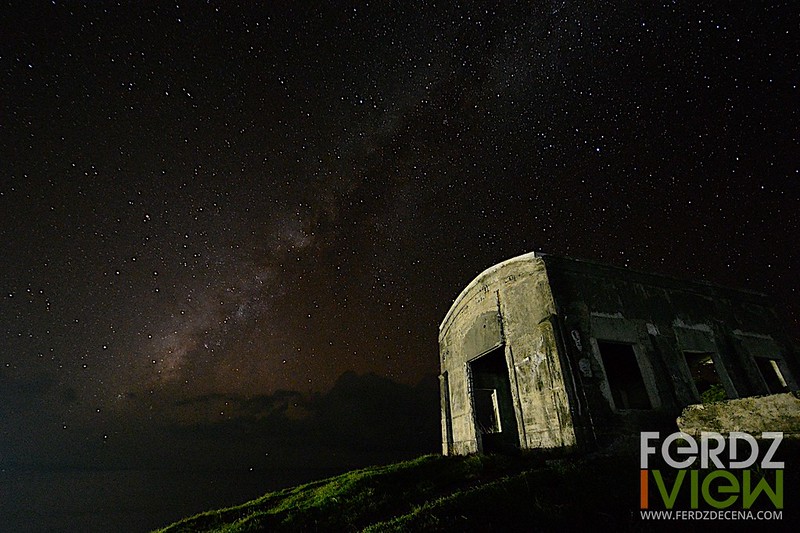
Observation: Impressively, the ZenFone 3 Laser was able to capture the milky way visibly. I also like how the grains look fine when pixel-peeping at 100%. While the output isn’t that sharp, the sensor managed to retain quite a lot of detail from the bunker building. My only concern was the 32 seconds fixed shutter speed on the ZenFone. Ideally when shooting for galaxy shots, we max out at 30seconds. More than that, we could already see the stars start to trail which is the case on the ZenFone photo. The Nikon D7100 below shows that it captured the milkyway but in more clarity and detail.
Any astrophotographer will tell you that to get the most out of astrophotography shots, it has to go through a level of processing. So I imported both photos into Lightroom and did global adjustments on the brightness, contrast, white balance and other settings that go on my usual workflow for this kind of shots.
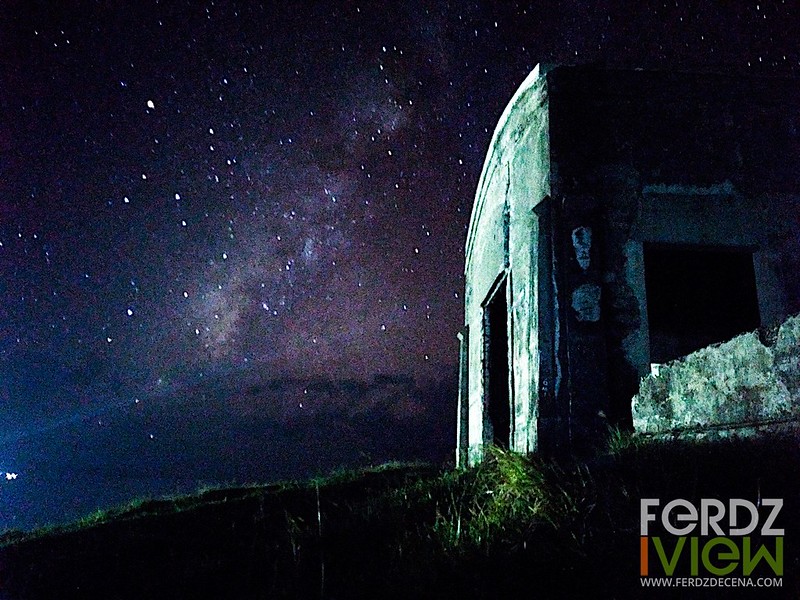

For the ZenFone 3 Laser galaxy shot, I was able to pull out the details and make the galaxy pop out more. Though I have to be very conservative as there is little headroom to keep the noise levels to a minimum. For the ZenFone, my threshold for exposure is less than half a stop (+.4) on the exposure while the Nikon could go at least one stop exposure (+1).
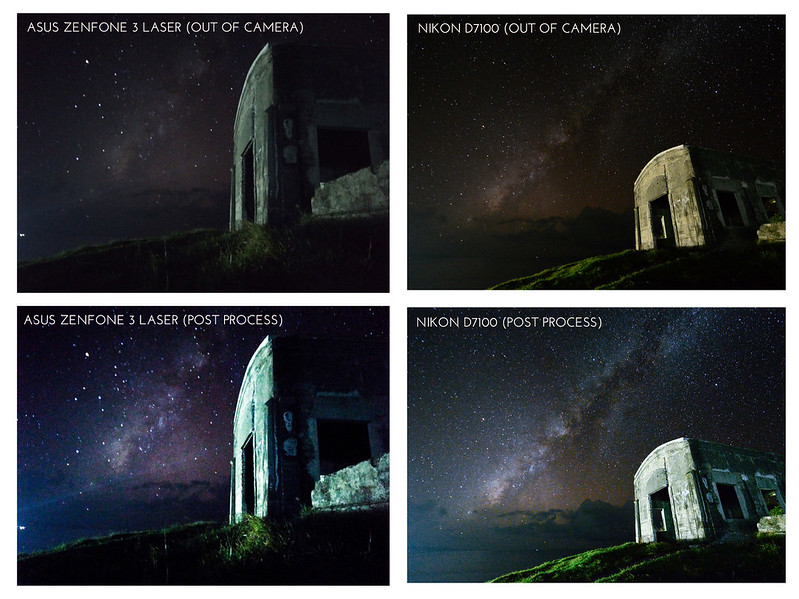
Conclusion
Just to reiterate, comparing the photo quality of a smartphone like the ZenFone 3 Laser to a DSLR like the Nikon D7100 is unfair. Clearly, the larger sensor of the DSLR captures more detail, have better light sensitivity and has more leeway for post-processing. Though the ZenFone 3 Laser shows what current mobile phone imaging is capable of. The PixelMaster 3.0 manual settings on the ZenFone brings a lot of photographic possibilities to smartphones like astrophotography, light trails and even slow shutter landscapes which couldn’t be done on smartphones at least a year ago. This wouldn’t let me dump my DSLR or Mirrorless camera just yet though, but it’s nice to know that a smartphone like the ZenFone 3 Laser is an added photographic arsenal to take with me on trips.
The Asus ZenFone 3 Laser is available in the Philippines with an SRP of Php 11,999. Now available at Lazada.
Check out the other Asus ZenFone 3 Laser nightshots below

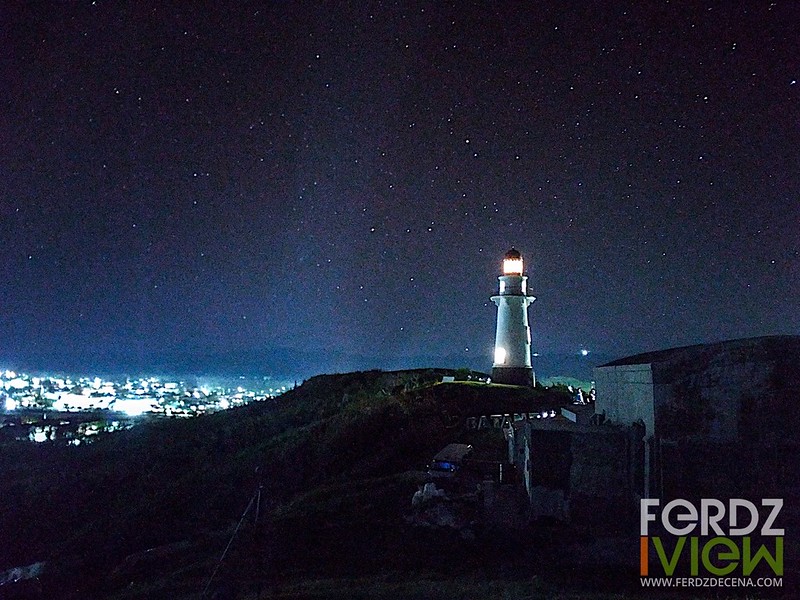
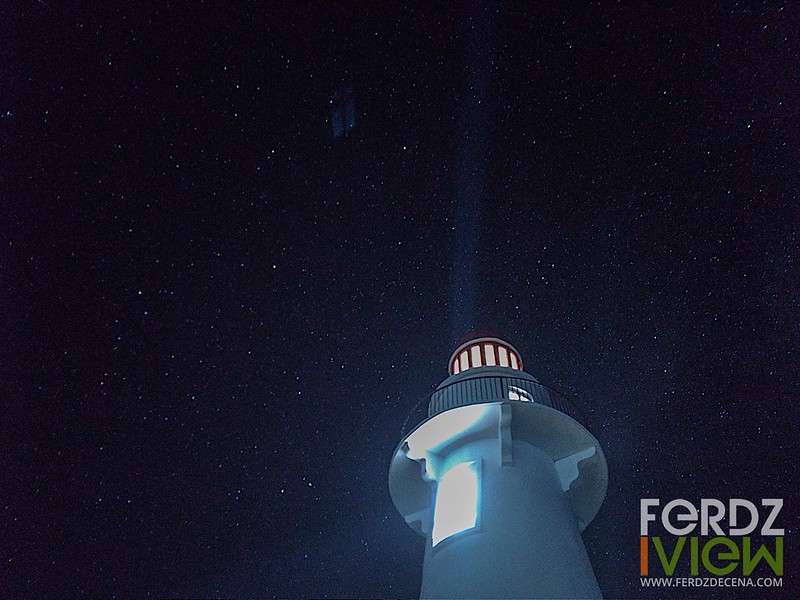

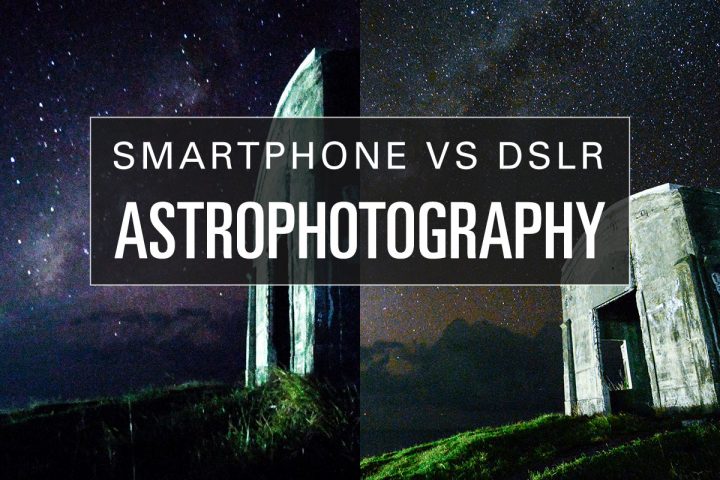
Leave a Reply